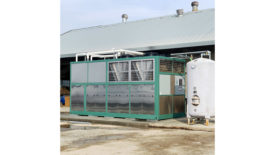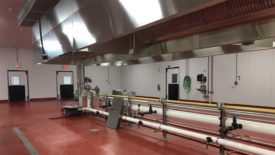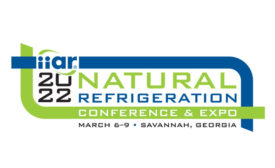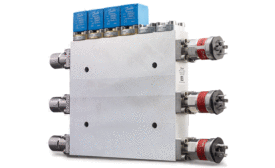Home » Keywords: » transcritical CO2
Items Tagged with 'transcritical CO2'
ARTICLES
FROSTlines
This low-GWP refrigerant can keep food cold without harming the environment
Read More
FROSTlines
Mythbusting CO₂ Refrigeration Systems, Part 2
Misconceptions surround the natural refrigerant, which has been used safely for years
Read More
FROSTlines
Mythbusting CO₂ Refrigeration Systems, Part 1
Misconceptions surround the natural refrigerant, which has been used safely for years
Read More
California Dairy Installs CO2 Chiller System
South Creek Dairy embraced environmentally friendly milk cooling and water heating
January 4, 2023
Project Files: Episode 56 — CO2 Technology for Meal Prep Facility
Heatcraft’s low-GWP install leads to 50% energy reduction, $2 million grant
Read More
Savannah To Host IIAR Conference In 2022
Ammonia and natural refrigeration industry will gather to showcase new innovations
November 30, 2021
Transcritical CO2 Refrigeration Market Worth $30.7 Billion by 2020
Europe is the dominant market for transcritical CO2 systems
September 21, 2015
Transcritical CO2: One Year of Lessons Learned
Overall, the HFC-free system performed well in supermarket pilot
Read More
Copyright ©2025. All Rights Reserved BNP Media.
Design, CMS, Hosting & Web Development :: ePublishing













